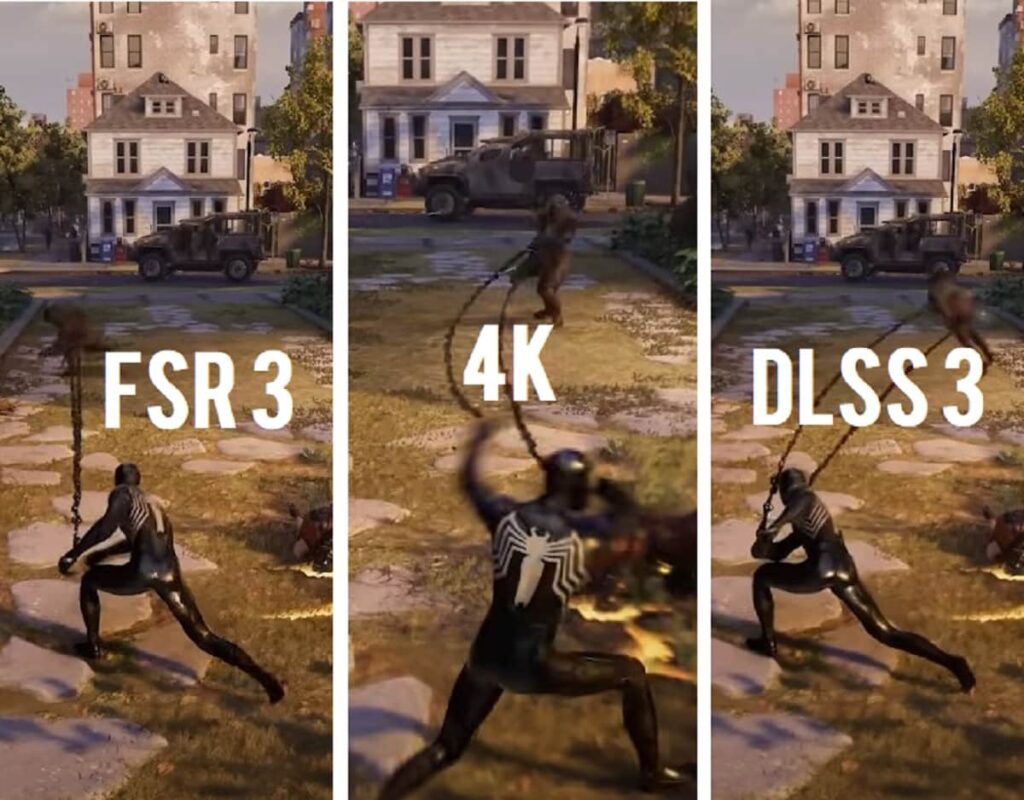When choosing a smartphone, two crucial factors to consider are software features and battery life. Whether you’re debating between iOS and Android or trying to understand the best way to manage your phone’s battery, this guide will help you make informed decisions.

Software Features and Upgrades
iOS vs Android: Which Offers Better Software Support?
Both iOS and Android have their own strengths when it comes to software support:
- iOS: Known for its seamless updates and longer support cycle. Apple often provides updates for devices that are several years old, keeping your phone secure and functional.
- Android: Offers more flexibility but varies greatly by manufacturer. While Google’s Pixel phones get updates promptly, other brands might delay updates.
Tip: If you want consistent updates and long-term support, iOS is generally the better choice. Android can be great too, especially if you opt for a Google Pixel.
The Importance of Software Updates in Smartphone Performance
Software updates are vital for:
- Security: Updates fix vulnerabilities and protect against new threats.
- Performance: Updates can improve speed, fix bugs, and add new features.
- Compatibility: Ensures that apps and services work correctly with your device.
Tip: Regularly update your smartphone to keep it secure and running smoothly.
Comparing One UI, OxygenOS, and Stock Android: Which is Best?
Here’s a quick breakdown:
- One UI: Samsung’s skin is feature-rich, offering customization options and enhancements but might feel heavy to some.
- OxygenOS: Found on OnePlus phones, it’s close to Stock Android but adds useful features and a smoother experience.
- Stock Android: Offers a clean and straightforward interface with timely updates and minimal bloatware.
Tip: Choose based on your preference for customization and simplicity. If you like a clean interface with minimal interference, Stock Android or OxygenOS might be ideal. For more features, One UI is worth considering.
How Long Do Android Phones Get Software Updates?
Update duration varies by brand:
- Google Pixel: Typically receives Android updates for at least 3 years.
- Samsung Galaxy: Newer models get about 3 years of Android updates and 4 years of security patches.
- Other Brands: Support varies widely, so check the manufacturer’s policy before buying.
Tip: For long-term software support, Google Pixel and high-end Samsung models are strong choices.
Best Smartphones with Long-Term Software Support
Some top picks for extended software support include:
- Google Pixel 8 Pro
- Samsung Galaxy S24 Ultra
- Apple iPhone 15
Tip: Opt for these models if you want a device that will receive updates and support for several years.
iOS 17: What’s New and What to Expect?
iOS 17 brings:
- Improved Widgets: More customization options and interactive widgets.
- Enhanced Privacy Features: New tools for managing app permissions and privacy settings.
- Updated FaceTime: Improved video call quality and new features.
Tip: If you’re on iOS 17, explore these new features to get the most out of your device.
How to Keep Your Smartphone Software Up to Date
To ensure your software is current:
- Enable Automatic Updates: Most phones can be set to update automatically.
- Check for Updates Regularly: Manually check in your settings for any new updates.
- Back Up Your Data: Before updating, back up important data to avoid loss.
Tip: Keeping your software up to date helps protect your phone from security threats and ensures you have the latest features.
Why Stock Android is Preferred by Some Users
Stock Android is favored for:
- Clean Interface: No unnecessary bloatware or extra apps.
- Faster Updates: Direct updates from Google without manufacturer delays.
- Better Performance: Often runs smoother due to the lack of extra software.
Tip: If you prefer a simple, efficient, and quick-to-update experience, Stock Android is a great choice.
The Role of Custom Skins in Enhancing User Experience
Custom skins add:
- Additional Features: Unique functionalities and customizations not available in Stock Android.
- Brand-Specific Customizations: Tailor the interface to fit the brand’s ecosystem.
Tip: Custom skins can enhance the user experience with added features but may also add extra bloat. Choose based on how much customization you want.
Pros and Cons of Bloatware in Android Smartphones
Bloatware refers to pre-installed apps that you might not use:
- Pros: Can include useful apps and features that enhance the device.
- Cons: Takes up storage, can slow down the phone, and may not be removable.
Tip: Evaluate how much bloatware is on a device and whether it’s something you can live with or remove.
Battery Life and Charging Speeds
Fast Charging vs Slow Charging: Which is Better for Battery Health?
Fast charging vs. slow charging:
- Fast Charging: Provides quicker power boosts but can generate more heat, potentially impacting battery longevity.
- Slow Charging: Better for battery health over the long term as it generates less heat.
Tip: Use fast charging when you need a quick top-up but rely on slower charging methods for regular use to prolong battery life.
Understanding the Different Types of Fast Charging Technologies
Types of fast charging:
- Qualcomm Quick Charge: Widely used, supports fast charging across many devices.
- USB Power Delivery (USB-PD): A universal standard for fast charging with varying speeds.
- Proprietary Solutions: Brands like OnePlus and Oppo have their own fast-charging standards.
Tip: Check which fast-charging technology your phone supports to ensure compatibility with chargers.
How to Maximize Battery Life on Your Smartphone
To get the most out of your battery:
- Manage Screen Brightness: Use adaptive brightness settings or lower brightness manually.
- Limit Background Apps: Restrict apps from running in the background to save power.
- Enable Battery Saver Mode: Use it to extend battery life during low power situations.
Tip: Regularly monitor your battery usage and adjust settings to optimize performance.
Best Smartphones for Battery Life in 2024
Top phones known for battery life:
- Samsung Galaxy S24 Ultra: Offers excellent battery performance and efficiency.
- iPhone 15 Plus: Known for its impressive battery longevity.
- Asus ROG Phone 7: Provides a large battery and efficient usage.
Tip: Choose a phone with a large battery and efficient power management if battery life is a top priority.
Is Wireless Charging Really Worth It?
Wireless charging benefits:
- Convenience: Simply place your phone on a charging pad without needing to plug it in.
- Less Wear and Tear: Reduces wear on charging ports.
Tip: If you value convenience and reducing port wear, wireless charging is worth considering. Just remember it’s typically slower than wired charging.
How Charging Speeds Impact Battery Longevity
Charging speeds affect:
- Battery Health: Faster charging generates more heat, which can wear out the battery faster.
- Efficiency: Slower charging is gentler on the battery, potentially extending its life.
Tip: Use fast charging when needed but prefer slower charging to maintain battery health over time.
The Pros and Cons of 5,000 mAh Batteries in Smartphones
5,000 mAh batteries:
- Pros: Provide long-lasting power and can support heavy usage throughout the day.
- Cons: Can make the phone bulkier and heavier.
Tip: If you want extended battery life and don’t mind a slightly larger phone, a 5,000 mAh battery is a great choice.
Why Apple and Samsung Avoid Super High Charging Speeds
Apple and Samsung’s approach:
- Battery Health: Prioritize battery longevity and safety over ultra-fast charging speeds.
- Heat Management: High charging speeds can generate excessive heat, which can damage the battery.
Tip: While high-speed charging is appealing, the trade-off for battery health might not be worth it. Apple and Samsung’s more balanced approach can lead to better long-term battery performance.
Best Smartphones with 6,000 mAh Batteries
Top phones with large batteries:
- Samsung Galaxy M34: Known for its robust battery performance.
- Xiaomi Redmi Note 12 Pro+: Offers a large battery with good performance.
- Motorola Moto G Power (2024): Excellent battery life with a 6,000 mAh capacity.
Tip: For long-lasting battery life, consider these models with 6,000 mAh batteries.
Understanding Battery Capacity and Its Effect on Smartphone Use
Battery capacity (measured in mAh) affects:
- Usage Time: Higher capacity batteries last longer between charges.
- Phone Design: Larger batteries can make phones bulkier.
Tip: Choose a battery capacity that fits your usage needs and comfort with phone size.
Conclusion
Understanding software features and battery life is crucial for selecting the right smartphone. Whether you prefer the seamless updates of iOS or the customizable experience of Android, and whether you need a phone with fast charging or a long-lasting battery, knowing these details will help you make a more informed choice. By focusing on software support and battery technology



